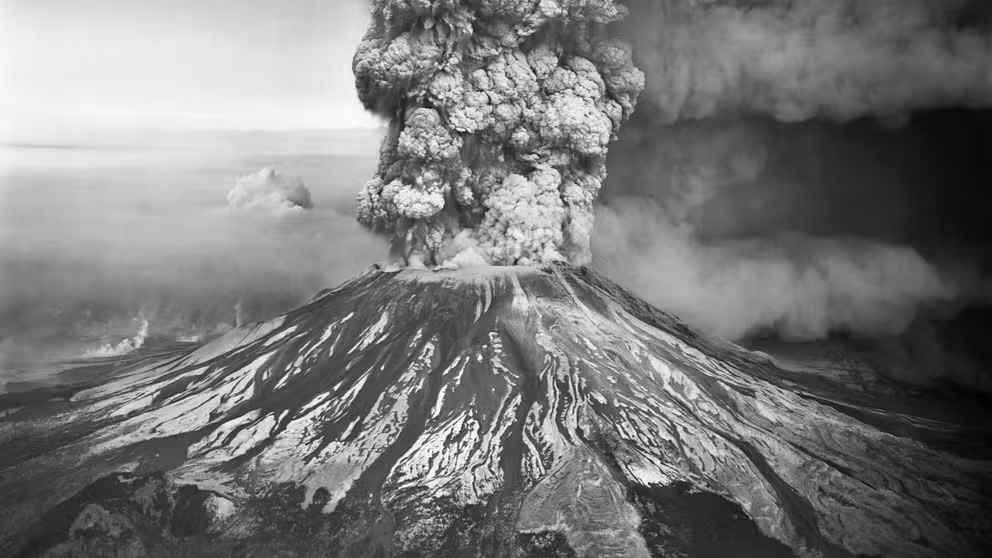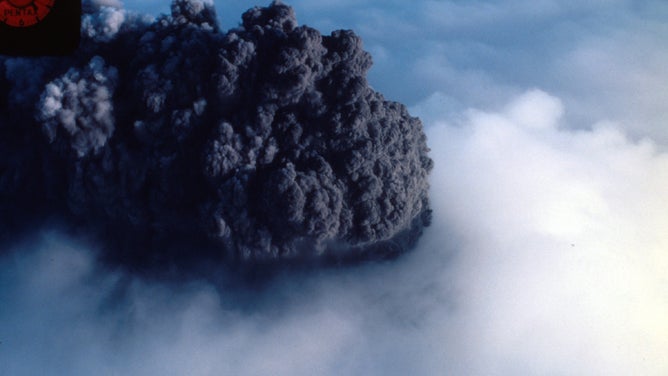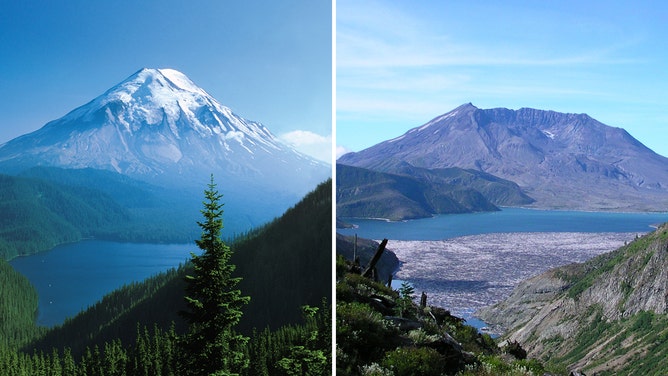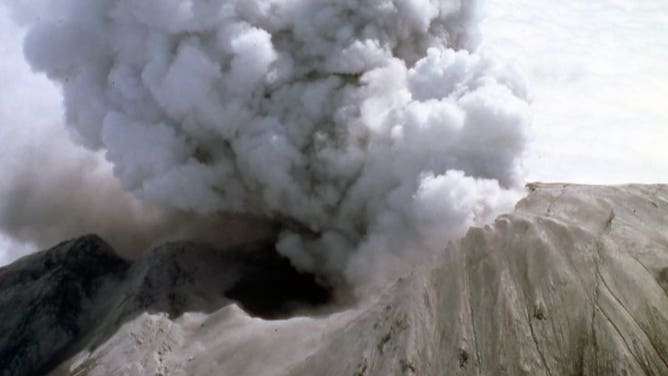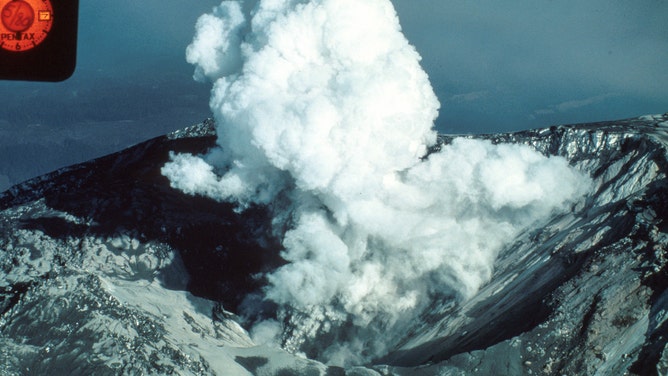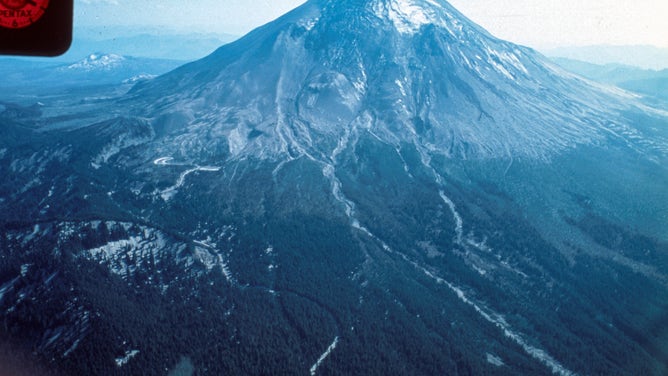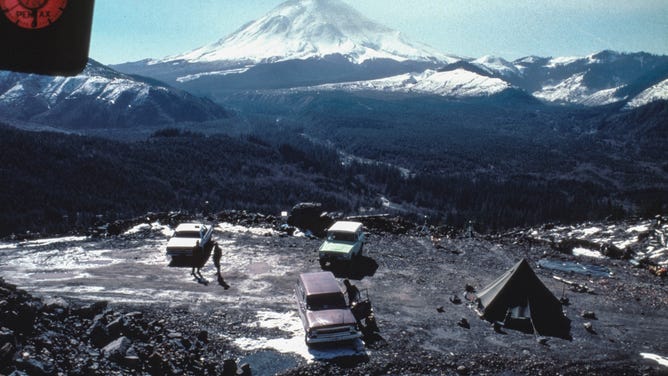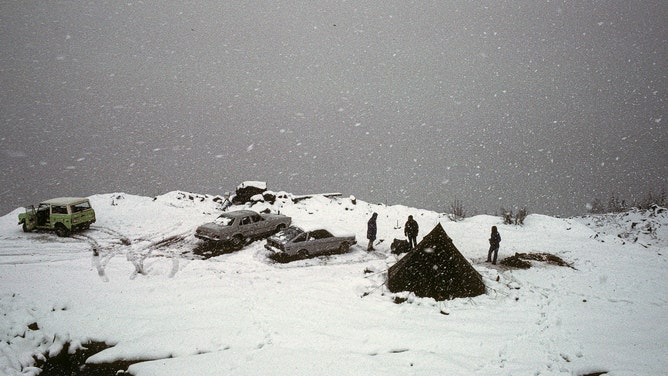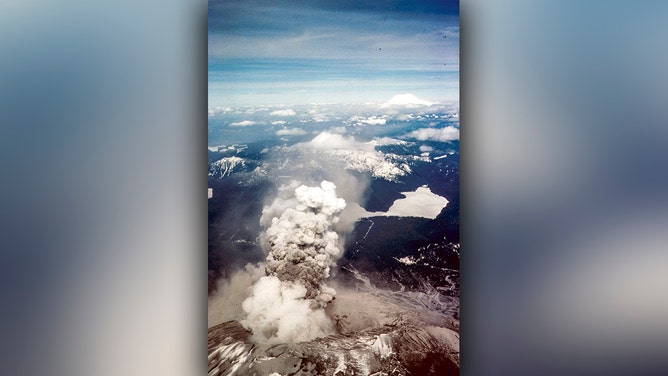What was the most destructive volcanic eruption in US history?
Mount St. Helens 1980 eruption created a massive landslide, the largest recorded on Earth, according to the USGS. The volcano caused more than $1.1 billion in damages, and took the lives of 57 people.
Mount St. Helens: Watch how the worst volcano eruption in US history happened
A look back at the catastrophic 1980 eruption of Mount St. Helens in Washington—the most devastating volcanic eruption in U.S. history—and the events leading up to it.
The 1980 eruption of Mount St. Helens in Washington is considered the most destructive volcano eruption in U.S. history, killing 57 people and creating the largest landslide ever recorded.
The volcano caused more than $1.1 billion in damages, and it took months to clean up more than 2.4 million cubic yards of ash from highways and Washington airports.
What made Mount St. Helens' May 18, 1980, eruption so destructive was not the amount of material erupted; instead, it was the proximity to people, lives lost and damage to property.
MOUNT ST. HELENS' ERUPTION: SURVIVORS RECOUNT THE 'DARKER THAN MIDNIGHT' FURY IN 1980
The U.S. Geological Survey said the 1912 eruption of the Novarupta volcano in Alaska erupted more material, but because of the isolated area, there were no human deaths and sparse property damage. Over three days, ash blanketed all of southern Alaska and volcanic dust from Novarupta made it as far as Wisconsin and Virginia, according to the Alaska Volcano Observatory.
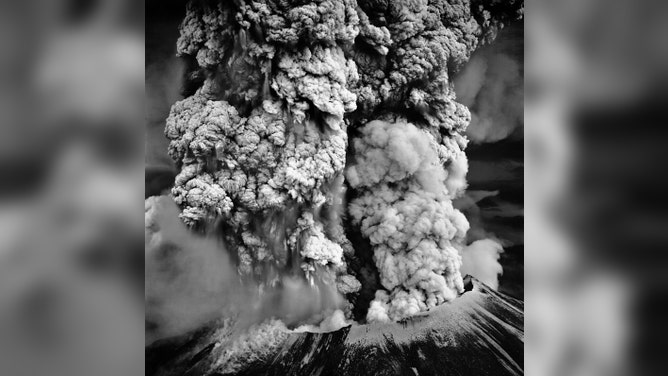
Smoke and ash billow from Washington's Mount St. Helens during its violent eruption on May 18, 1980. | Location: Washington, USA.
(Corbis / Getty Images)
Mount St. Helens' ash fall was also enormous. More than 520 million tons of ash were spread across the country, and the ash cloud circled the Earth for 15 days, according to the USGS. The ash caused Spokane, Washington, to fall as dark as night. Significant ash fell from Mount St. Helens and traveled as far as central Montana, and measurable amounts fell across the Great Plains nearly 1,000 miles away.
Largest debris avalanche on Earth
When the volcano's summit slid away, it created a massive landslide, the largest recorded on Earth, according to the USGS.
The debris removed the volcano's northern flank, including part of the cryptodome covering hot and highly pressurized magma, which caused the volcano's magma system to depressurize and triggered a series of blasts. The hot blast material overtook the avalanche, moving at 300 miles per hour, according to the USGS.
CAN VOLCANIC ERUPTIONS AFFECT THE WEATHER?
The lateral blast destroyed an area nearly 19 miles from west to east and more than 12.5 miles north. Even beyond the 6-mile inner blast zone, no trees were left standing.
The debris avalanche volume reached 3.3 billion cubic yards, or about as much as 1 million Olympic swimming pools.
According to the Centers for Disease Control, most of the deaths from the eruption were caused by the landslide and lateral blast. Most likely died from inhaling hot ash, while some died from burns and other injuries.
Homes, roads and bridges destroyed
After the initial eruption on May 18, 1980, flowing hot rocks and gas melted some of the snow and ice on the volcano, creating surges of water mixing with loose rock debris and forming what are called lahars.
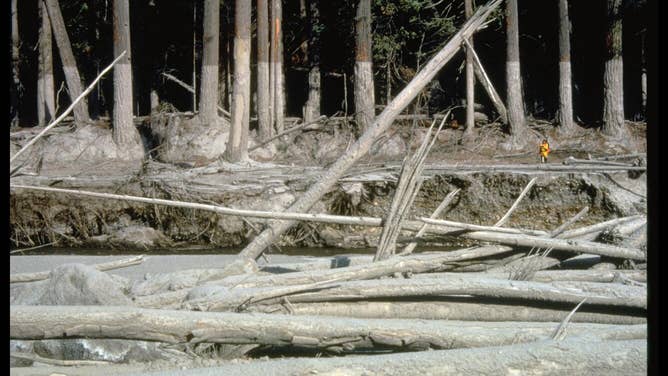
Nearly 135 miles of river channels surrounding the volcano were affected by the lahars of May 18, 1980. A mudline left behind on trees shows depths reached by the mud. (Credit: Topinka, Lyn. Public domain.)
(USGS)
Lahars dumped down into 135 miles of river channels surrounding Mount St. Helens, ripping out trees and destroying roads and bridges.
WHAT HAPPENS BEFORE A VOLCANO ERUPTS?
According to the USGS, the most destructive lahar increased in size as it moved down the North Fork Toutle River, destroying bridges and homes before flowing into the Cowlitz River.
More than 200 homes and cabins were destroyed in Skamania and Cowlitz counties, and 185 miles of highways and roads were destroyed or seriously damaged, according to the USGS aftermath report.
Wildlife killed and crops destroyed
Mount St. Helens eruption had a major impact on big game, fisheries, and local crops.
After the eruption, thick ash accumulated on crops downwind of the volcano, destroying wheat, apple and potato crops. However, the USGS notes crops in areas with only a thin covering of ash survived, and the ash helped produce a higher-than-average apple and wheat crop that year.
The eruption killed an estimated 7,000 deer, elk and bear and more than 12 million salmon fingerlings were killed when hatcheries were destroyed, according to state departments of game and fisheries.
